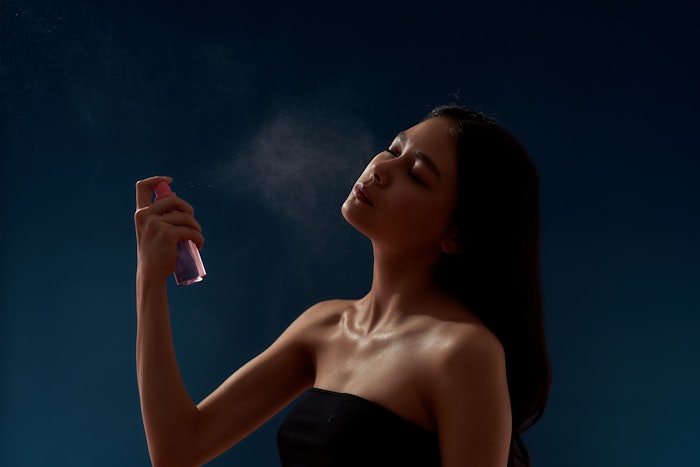
Trends in the fragrance industry come in waves. Whether that be the introduction of gourmand, an obsession with vanilla, an experimenting mind pushing layered fragrances, or a taste for gender-neutral scents, the industry is continuously evolving.
To gain an insider's perspective on the state of the fragrance, Perfumer & Flavorist+ tapped Jean Madar, CEO and chairman of InterParfums. Madar is celebrating 40 years at the helm of InterParfums boasting a brand portfolio including Ferragamo, Oscar de la Renta, MCM, GUESS, Donna Karan/DKNY, among notable others.
We ask Madar what current trends and demands driving innovation in fragrance, what makes for a winning juice and how the relationship between consumers and fragrance has evolved.
 InterParfums CEO and chairman Jean Madar has been with the company for 40 years and offers insight into how the fragrance industry—and the way consumers interact with it—has evolved.
InterParfums CEO and chairman Jean Madar has been with the company for 40 years and offers insight into how the fragrance industry—and the way consumers interact with it—has evolved.
From your perspective, what are the current consumer demands/trends driving fragrance innovation?
Jean Madar [JM]: One key trend is the rise of new formats, some of which are not new at all! One example of this is body mist. Body mists were very popular in the 1990s and then fell out of favor. Body mists are diluted, so while they don’t last as long as traditional fragrances, they are perfect for layering. This brings us to the second key trend, the demand for a customized fragrance experience. A new generation of consumers has discovered body mists, they are an easy and affordable way to play, experiment, and create a customized fragrance experience.
Consumers' mindset has shifted from purchasing fragrances to appeal to others to embracing wearing fragrance as something truly done for oneself and viewing fragrance as an integral part of their daily routine.
Are there any themes or common threads in today's leading fragrances?
JM: Yes, there has been a growing trend towards sustainability in the fragrance industry. This means that brands are increasingly looking for ways to reduce environmental impact and to use more sustainable materials in both the fragrance juice and packaging. Another theme is the movement towards gender-neutral fragrances that could be worn by anyone, regardless of their gender identity. This shift reflected changing attitudes toward how fragrances are marketed and perceived, with more emphasis on self-expression and less on attraction.
How has the relationship changed/evolved between consumers and their scents (whether wearing or purchasing)?
JM: Consumers fell in love with fragrance during the pandemic, and the love affair has continued. Consumers' mindset has shifted from purchasing fragrances to appeal to others to embracing wearing fragrance as something truly done for oneself and viewing fragrance as an integral part of their daily routine.
 While pleasing others with a pleasant scent remains a significant factor in fragrance purchases, InterParfums anticipates consumers will prioritize their own preferences.
While pleasing others with a pleasant scent remains a significant factor in fragrance purchases, InterParfums anticipates consumers will prioritize their own preferences.
What does the future of fragrance look like?
JM: We can expect an increase in the popularity of fragrances that promote well-being and boost moods as more and more people aim to incorporate scent into their lives in a more holistic way. We spoke about the evolving perception of fragrance among consumers, who now view it as a means of self-care rather than merely a tool for social appeal. While pleasing others with a pleasant scent remains a significant factor in fragrance purchases, we anticipate consumers will prioritize their own preferences.










